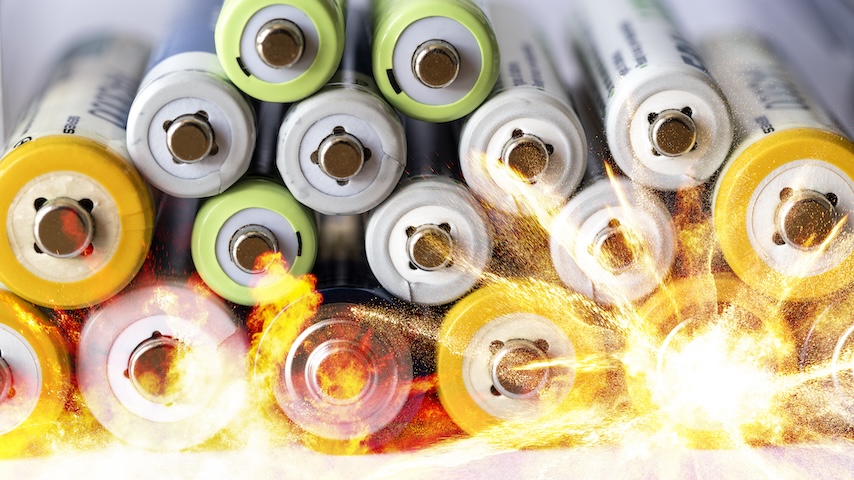President Trump Introduces Solar Energy Tariffs
President Trump Introduces Solar Energy Tariffs
On January 22, President Trump announced his decision to impose tariffs on imported solar equipment. The tariffs amount to 30 percent in the first year, but fall to 15 percent by the fourth year. While these tariffs are steep, they are not as high as the US International Trade Commission’s 35 percent recommendation. China currently holds the monopoly on solar power, selling solar materials to the U.S. at a low price, allowing a growing number of families to install solar panels. However, U.S.-based companies such as Suniva and SolarWorld dislike the current business model, as without the tariffs, it hinders their ability to develop and market this technology at an affordable price. Suniva spokesman Mark Paustenbach explained, “A robust tariff will allow Suniva to restart its factories and rehire employees.”
Many outside the solar manufacturing industry strongly oppose the tariffs. Abigail Ross Hopper, CEO of the installation sector’s trade group, Solar Energy Industries Association (SEIA) cautioned, “While tariffs in this case will not create adequate cell or module manufacturing to meet U.S. demand, or keep foreign-owned Suniva and SolarWorld afloat, they will create a crisis in a part of our economy that has been thriving, which will ultimately cost tens of thousands of hard-working, blue-collar Americans their jobs.” The low prices China sells the solar power materials allow Americans to purchase them at a reasonable cost. Imposing tariffs could potentially double the cost of solar panels, leading to a steep decline in the number of customers, and the termination of many American workers employed to install these panels and support these customers. The SEIA predicted the tariffs will cost roughly 23,000 jobs this year.
More information on President Trump’s announcement can be found here: https://ustr.gov/about-us/policy-offices/press-office/press-releases/2018/january/president-trump-approves-relief-us



